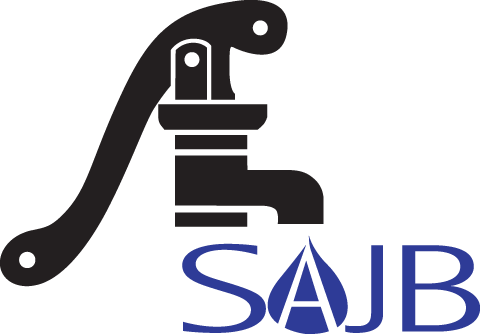How is Groundwater Contaminated?
Septic Systems: Septic tanks that are above groundwater aquifers may fail to break down contaminants due to:
- Improper construction, design, or location
- Too many septic systems in one area
- Inadequate maintenance (Septic tanks should be pumped periodically to prevent overloading)
- Toxic materials, released in the septic system by pouring paints, solvents and other potential contaminants down the drain or toilet, may compromise the life of microbial organisms that break down contaminants.
Storm Drains
- Storm drains: The drains you find on streets are called “storm drains.” Water from rainfall and snow can wash contaminants off the surfaces of streets and sidewalks. These substances may be so harsh that normal microbial degradation cannot occur before reaching groundwater supplies below.
Hazardous Waste
- Household Hazardous Waste (HHW) : Simple acts around the house can affect the quality of our drinking water. Harsh chemicals that are poured down the drain, down the toilet, or on the ground can contaminate. In addition, improper disposal of hazardous chemicals like solvents and paints. Take toxic materials to the HHW area at one of the Solid Waste Transfer Station..
- Industrial Hazardous Waste: Manufacturing industries often use chemicals, solvents, cleaners, and fuels that must be disposed of as hazardous waste.
Improper disposal, storage or use of potential contaminants poses a serious threat to groundwater. Contamination may also occur as a result of accidents or natural disasters. Oil spills, tankers that leak or any disaster that permits contaminants to flow on surfaces or in the ground can have dangerous consequences.
